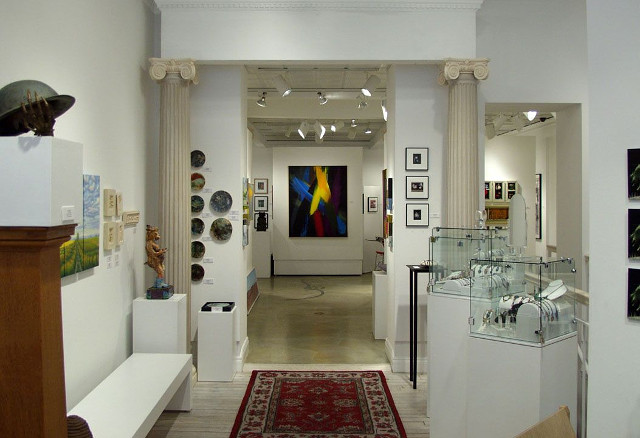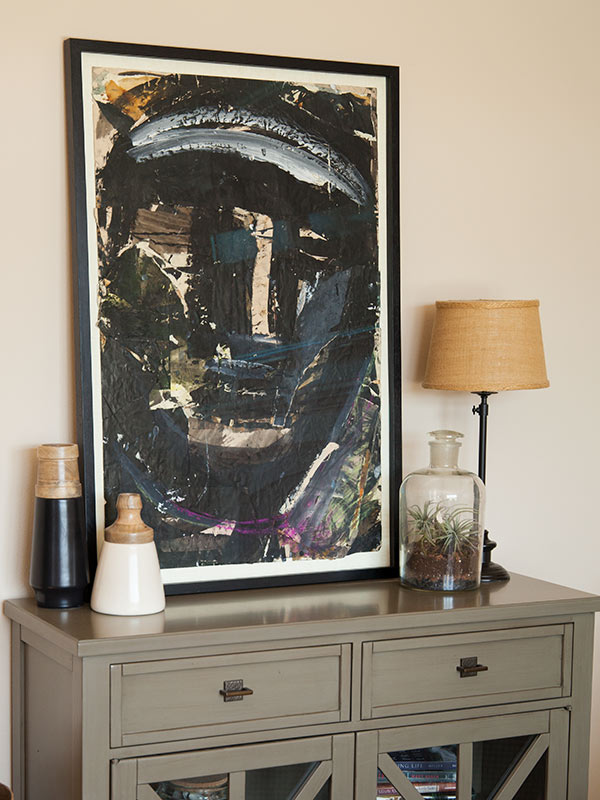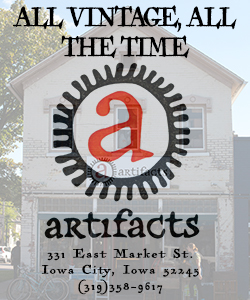It has been 7 years since we moved into our new house and sadly, the walls of my office remain bare. I am looking for a piece of art to inspire me, something I can enjoy every day. I am going into this new endeavor with little art background. I needed a plan and so I turned to my experience in Adventure Racing (AR)/Obstacle Course Racing (OCR).
Below are 5 steps to help find that inspiring artwork to enjoy and share for years to come.
1) Know what you enjoy.
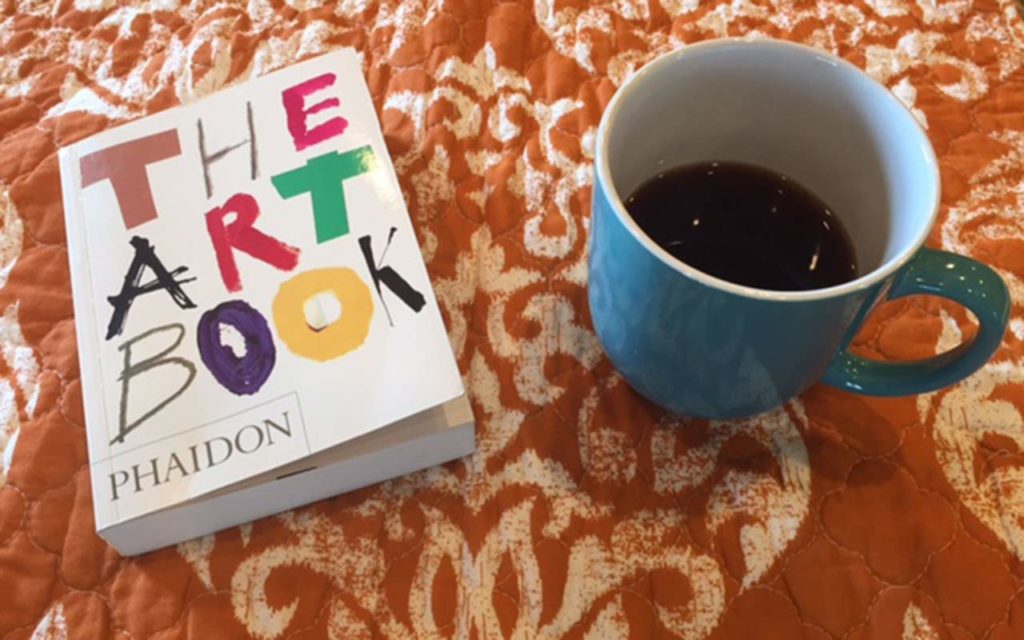 Over the years, I have tried a number of different racing events to help dial in my preferences. In the Tough Mudder obstacle course race, there is an obstacle with random electrified wires dangling down, that if touched, deliver a 10,000 volt shock. I must say, I do not enjoy paying an entry fee to in turn get electrocuted! As I have started to adventure into the art world, it shocked me how little I knew about art. There are so many types of art. I had to decide what sparked my interest and did so with the help of various art resources. The Art Book by the editors of Phaidon Press is a general art book portraying hundreds of artists and artistic styles. I found this very helpful in defining my artistic tastes. I also enjoyed Art That Changed the World by Caroline Bugler, Iaian Zaczek, Ian Chilvers, Jude Welton and Lorrie Mack. This book classifies artwork by art movements (Impressionism, Pop, etc) and provides key examples from that movement. This can be very helpful in defining which art movement you are most drawn to. Other resources include a multitude of books, art museums, art galleries, and online art galleries.
Over the years, I have tried a number of different racing events to help dial in my preferences. In the Tough Mudder obstacle course race, there is an obstacle with random electrified wires dangling down, that if touched, deliver a 10,000 volt shock. I must say, I do not enjoy paying an entry fee to in turn get electrocuted! As I have started to adventure into the art world, it shocked me how little I knew about art. There are so many types of art. I had to decide what sparked my interest and did so with the help of various art resources. The Art Book by the editors of Phaidon Press is a general art book portraying hundreds of artists and artistic styles. I found this very helpful in defining my artistic tastes. I also enjoyed Art That Changed the World by Caroline Bugler, Iaian Zaczek, Ian Chilvers, Jude Welton and Lorrie Mack. This book classifies artwork by art movements (Impressionism, Pop, etc) and provides key examples from that movement. This can be very helpful in defining which art movement you are most drawn to. Other resources include a multitude of books, art museums, art galleries, and online art galleries.
2) Know your limits.
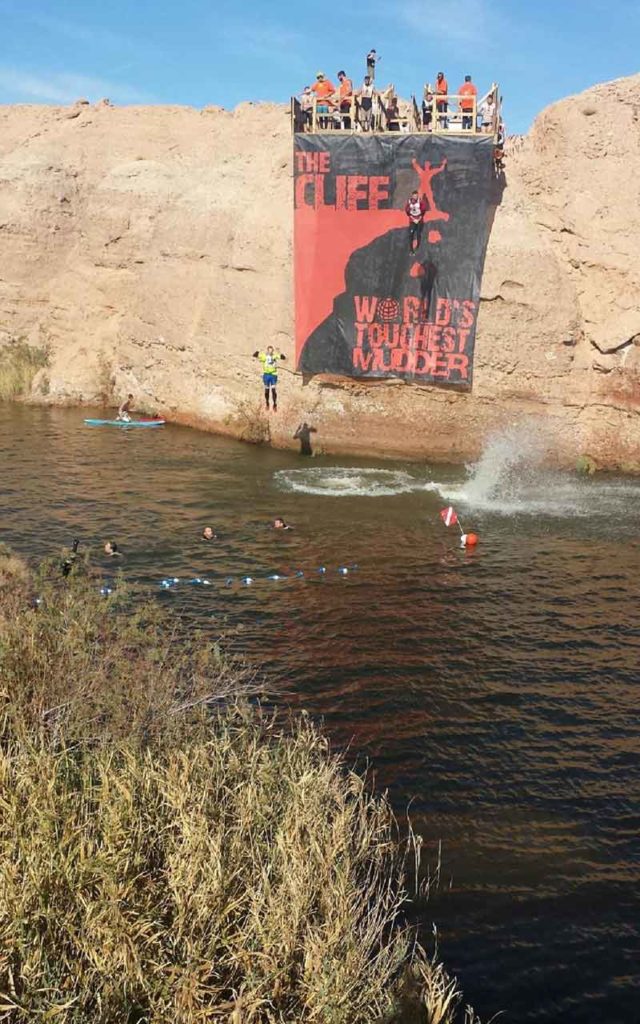 “Jump!” the race director yells. At the World’s Toughest Mudder, you have 5 seconds to jump or you face the wrath of a grueling 3 mile penalty lap. In the adjacent picture, I am in the red shirt as I chose to jump! I continue to look for new adventures, but I also know my limits. When it comes to jumping off a cliff, 40 feet is my limit! Similarly, when it came to purchasing a piece of art, I needed to know my limits, as art prices can escalate into the hundreds of millions of dollars. You need to set a budget. Once you know what you are looking for in terms of type of art, you can explore art within your budget using various online resources such as Saatchi, eBay, Artsy, 1stdibs, Paddle 8.
“Jump!” the race director yells. At the World’s Toughest Mudder, you have 5 seconds to jump or you face the wrath of a grueling 3 mile penalty lap. In the adjacent picture, I am in the red shirt as I chose to jump! I continue to look for new adventures, but I also know my limits. When it comes to jumping off a cliff, 40 feet is my limit! Similarly, when it came to purchasing a piece of art, I needed to know my limits, as art prices can escalate into the hundreds of millions of dollars. You need to set a budget. Once you know what you are looking for in terms of type of art, you can explore art within your budget using various online resources such as Saatchi, eBay, Artsy, 1stdibs, Paddle 8.
I think starting online allows you to see a large number of works and to get a sense of price ranges for various artists, types of art, art styles, and sizes. This can then give you an idea of what galleries may carry the artwork in your price range. Many galleries now have websites and are selling art online as well, which makes this process easier. If you are fortunate enough to meet an emerging artist who you like, you may be able to pick up a piece of work much cheaper than going through a gallery due to the lack of commission. Once you have selected a work of art, you have to consider additional costs including shipping, framing, hanging, and insurance. Please check out the excellent article, “The New Collectors Guide to the Least Exciting (but Most Important) Parts of Owning Art” by Isaac Kaplan and Anna Louie Sussman on Artsy for more information on important aspect of owning art.
3) Know the lay of the land.
In 2014, I signed up for the Spartan Beast OCR at Mt Killington, Vermont, the largest ski resort in the Northeast. The course was steep and densely populated with pine and spruce trees. I knew these obstacles would pose major challenges for me during the race. Similarly, obstacles in the home can pose challenges when placing your art. There are multiple considerations to make when deciding where to place your new art.
Things to consider:
- Space considerations – how big is your space and how will the art look on the wall?
- Coordination – Will the art and framing jive with your current color palette?
- Grouping – If it is a small piece going on a big wall, what other pieces will go with it and how will they be organized?
- Lighting – Will the work of art be sufficiently lit to fully enjoy it?
- Visibility – Will the work be in a location that it can be fully visualized easily?
- Risk of Damage – Is there a nearby window with sun exposure that could result in fading? Are there water sources nearby that may result in water damage? Is the art accessible to pets or small children? Is the art in a highly trafficked area where it could be knocked over or off the wall?
4) Know your resources.
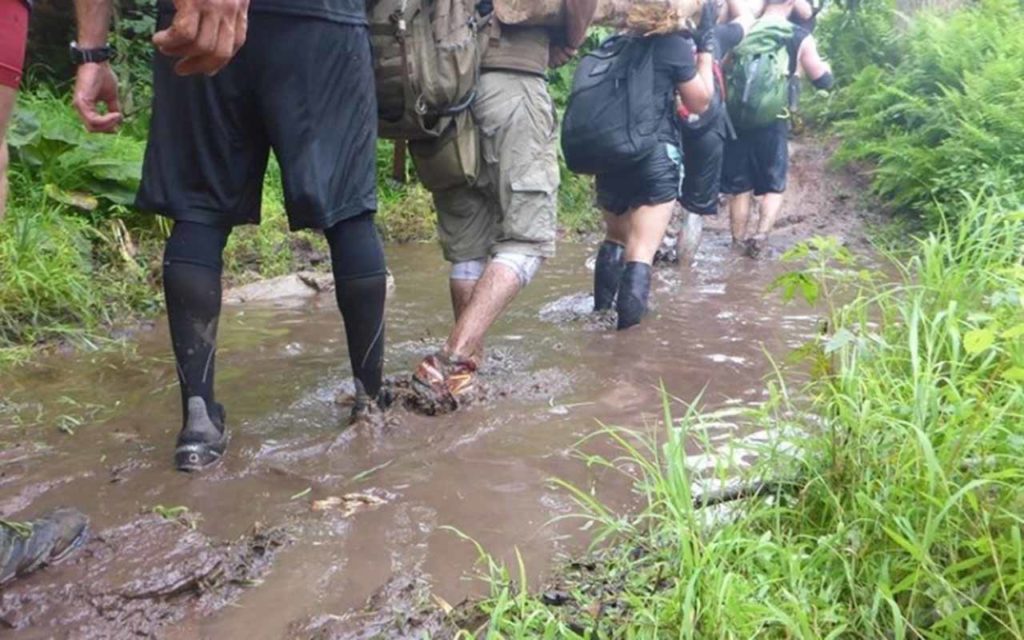 A compass, UTM (universal transverse mercator), and map are three mandatory resources used in adventure racing to help get from point A to point B. Once you have figured out the direction you want to go regarding an art purchase, you need to find the resources to purchase the art, get it framed, hung and ready to enjoy. While online sources can be excellent for defining your artistic tastes, I feel that buying art online can be tricky. Even the best on-line photographs may not capture color, texture, depth, and damage. It is also very difficult to judge dimensions and weight of a piece.
A compass, UTM (universal transverse mercator), and map are three mandatory resources used in adventure racing to help get from point A to point B. Once you have figured out the direction you want to go regarding an art purchase, you need to find the resources to purchase the art, get it framed, hung and ready to enjoy. While online sources can be excellent for defining your artistic tastes, I feel that buying art online can be tricky. Even the best on-line photographs may not capture color, texture, depth, and damage. It is also very difficult to judge dimensions and weight of a piece.
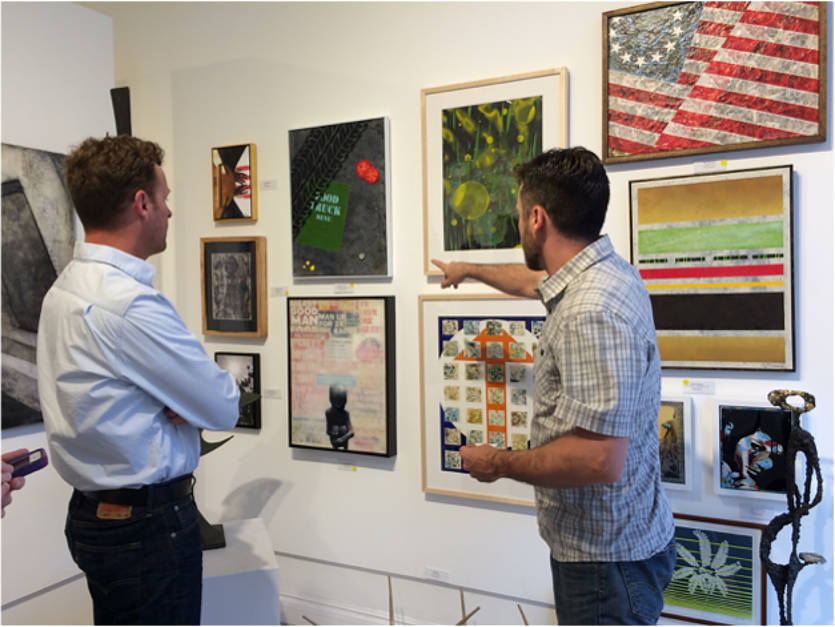 I think you are much better off looking for local artists where you can see the work in person and decide if it is going to work for you. This may mean going to a local gallery or meeting up with local artists directly. Oftentimes, the gallery owner or artist may have suggestions for framing and other needs. Once these relationships are established, future art purchases become much easier. If you don’t have access to any local galleries and wish to pursue art online, make sure you have a direct line of communication with the seller and have the ability to return an item if you are not completely satisfied.
I think you are much better off looking for local artists where you can see the work in person and decide if it is going to work for you. This may mean going to a local gallery or meeting up with local artists directly. Oftentimes, the gallery owner or artist may have suggestions for framing and other needs. Once these relationships are established, future art purchases become much easier. If you don’t have access to any local galleries and wish to pursue art online, make sure you have a direct line of communication with the seller and have the ability to return an item if you are not completely satisfied.
5) Know who to count on.
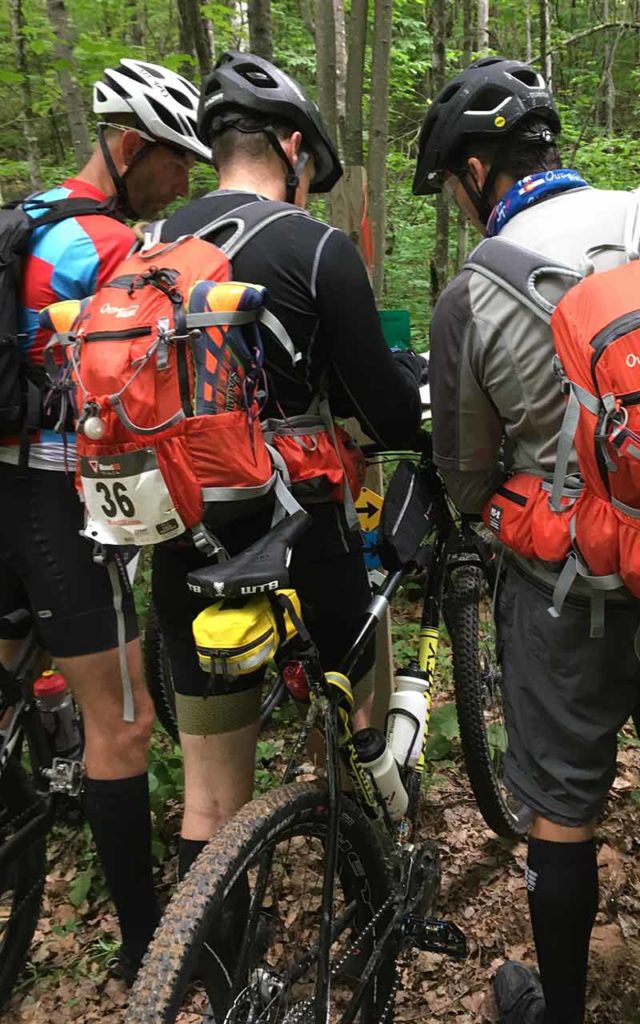 Over the last 4 years in my Adventure Race/OCR career, I have been fortunate to run with a great group of people who are supportive and willing to share the knowledge they have gleaned from their experience. We trust each other and know that if one member goes down, the others will be there to pick them up. Your relationship with artists and gallery owners is also one of trust. The artist is putting themselves out there, displaying their fears, problems and passions. They have put a price on their work that they feel reflects their time and effort. They are trusting that you are sincere when you say they love their work and that you will be a future supporter of their work. You, in turn, are trusting that the work is genuine and the price fair.
Over the last 4 years in my Adventure Race/OCR career, I have been fortunate to run with a great group of people who are supportive and willing to share the knowledge they have gleaned from their experience. We trust each other and know that if one member goes down, the others will be there to pick them up. Your relationship with artists and gallery owners is also one of trust. The artist is putting themselves out there, displaying their fears, problems and passions. They have put a price on their work that they feel reflects their time and effort. They are trusting that you are sincere when you say they love their work and that you will be a future supporter of their work. You, in turn, are trusting that the work is genuine and the price fair.
The gallery owner’s primary interest should be the artist. If their artists are successful, the gallery will be successful. Needless to say, gallery owners have a vested interest and are likely charging a commission of 40-50%. While this may seem extreme you must remember they are the ones providing brick and mortar and are taking all the risk. There is no guarantee when it comes to art. Do your research when looking for a gallery. Find one that represents art that you like. Go to shows at the gallery, meet other patrons of the gallery, watch prices and see what sells and what doesn’t. When you have a relationship with the gallery owner and you find the work of art you must have, pull the trigger, and buy it knowing you have done your due diligence. You will not only gain a great piece of art, but friendships may evolve as your curiosity in the art world increases.
Taking the above photos while at AR and OCR events allows me to share the stories of our adventures with friends and family. As my adventure into art has evolved, I have had the honor to meet numerous artists and to hear the motivation for their work. Having this experience allows one to share the story with friends and family as the artwork is unveiled. Having this connection is priceless.


